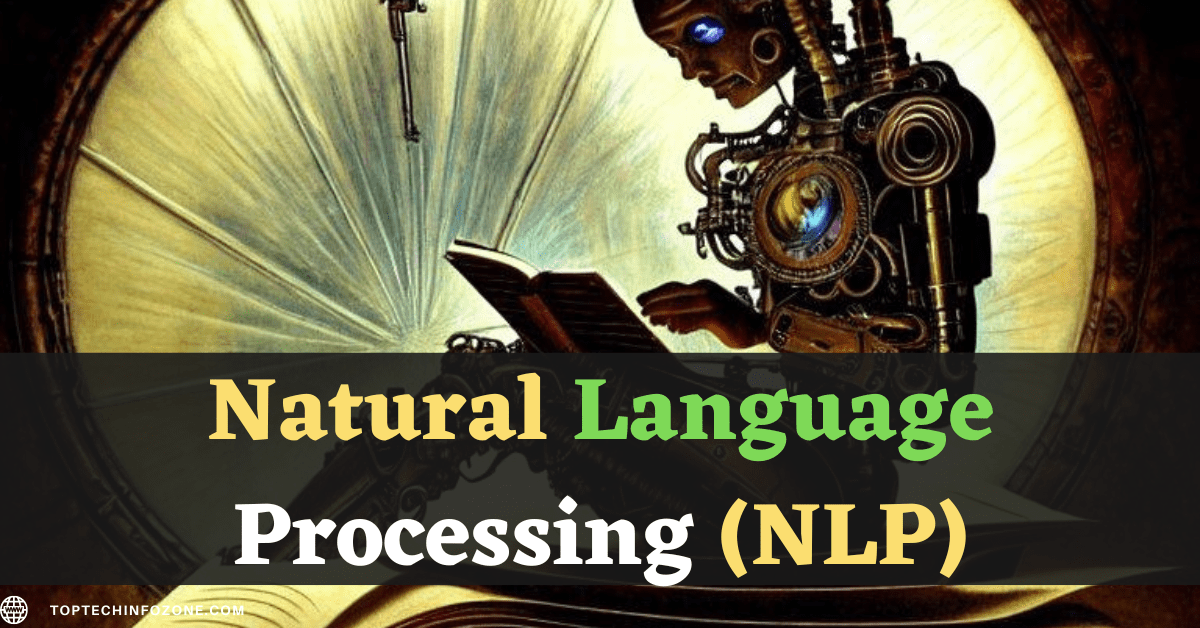Introduction
In the realm of artificial intelligence, Understanding Natural Language Processing (NLP) holds a crucial position. NLP enables machines to comprehend and interpret human language, facilitating communication between humans and computers. This article delves into the concept of NLP and explores its wide-ranging applications in various fields. Brace yourself for an enlightening journey through the realm of NLP and its practical implementations.
The Power of Natural Language Processing (NLP)
Unveiling the Mysteries
NLP can be likened to a key that unlocks the vast treasury of human language.
It encompasses the ability to understand, analyse, and generate human language, transcending mere text on a screen.
By employing advanced algorithms and techniques, Natural Language Processing (NLP) enables machines to comprehend the complexities of human language, including nuances, context, and sentiment.
Breaking Down Language Barriers
Language barriers have long hindered effective communication between individuals from different linguistic backgrounds.
NLP serves as a bridge, breaking down these barriers and facilitating multilingual interactions.
Through machine translation, speech recognition, and language generation, Natural Language Processing (NLP) enables seamless communication, fostering global connectivity and understanding.
Enhancing Human-Machine Interaction
Natural Language Processing (NLP) plays a pivotal role in enhancing human-machine interaction by enabling machines to comprehend and respond to human commands and queries.
Virtual assistants and chatbots leverage Natural Language Processing (NLP) algorithms to understand user input and provide relevant and accurate responses.
This technology revolutionizes the way humans interact with machines, making the experience more intuitive and user-friendly.
Extracting Insights from Textual Data
The sheer volume of textual data generated every day is overwhelming.
Natural Language Processing (NLP) equips us with the tools to make sense of this vast amount of information.
By extracting valuable insights, sentiments, and trends from unstructured text, Natural Language Processing (NLP) empowers businesses, researchers, and analysts to make informed decisions, gain competitive advantages, and derive meaningful conclusions.
You may also like :
Applications of Natural Language Processing (NLP)
Sentiment Analysis: Decoding Emotions
Sentiment analysis, a prominent application of Natural Language Processing (NLP) , involves determining the sentiment expressed in a piece of text.
By analysing social media posts, customer reviews, and feedback, businesses can gauge public opinion about their products or services.
This valuable information enables companies to tailor their strategies, improve customer satisfaction, and stay ahead of the competition.
Machine Translation: Breaking Language Barriers
Machine translation utilizes Natural Language Processing (NLP) techniques to automatically translate text from one language to another.
This application has transformed the way people communicate across borders.
Whether it’s translating web pages, documents, or conversations, machine translation ensures effective communication and facilitates global collaboration.
Text Summarization: Distilling Information
In today’s information-rich world, extracting the essence of lengthy texts is crucial.
Natural Language Processing (NLP) powered text summarization algorithms condense lengthy documents, articles, or reports into concise summaries while retaining the most important information.
This application enhances efficiency, allowing users to grasp key insights quickly and make informed decisions.
Speech Recognition: Turning Voice into Text
Speech recognition, an integral component of NLP, converts spoken language into written text.
This technology finds applications in transcription services, voice assistants, and voice-controlled systems.
By enabling machines to understand and process spoken words, speech recognition facilitates hands-free operation and seamless integration of voice commands in various domains.
Named Entity Recognition: Identifying Key Information
Named Entity Recognition (NER) involves identifying and classifying specific entities, such as names of people, organizations, locations, and dates, within a text.
NER algorithms assist in information extraction, document categorization, and data indexing.
This application proves invaluable in areas such as information retrieval, content analysis, and knowledge graph construction.
Conclusion
Understanding Natural Language Processing (NLP) stands as a testament to the extraordinary capabilities of artificial intelligence. From breaking down language barriers and enhancing human-machine interaction to extracting insights from textual data, NLP has found extensive applications across diverse industries. By harnessing the power of NLP, we unlock a world where machines comprehend and communicate with humans effortlessly, revolutionizing the way we interact, collaborate, and make sense of the vast realm of human language.
Summary
Understanding Natural Language Processing (NLP) empowers machines to comprehend human language and facilitates seamless communication between humans and computers. With applications ranging from sentiment analysis and machine translation to text summarization and speech recognition, NLP revolutionizes various industries. By harnessing the power of NLP, businesses gain insights, break language barriers, and enhance user experiences. Explore the possibilities of NLP and unlock the potential of human-computer interaction.
Frequently Asked Questions (FAQs)
NLP plays a pivotal role in the healthcare industry, aiding in tasks such as clinical documentation, medical coding, and patient data analysis. It helps streamline processes, improve accuracy, and enable better decision-making in healthcare settings.
NLP enhances customer service by powering chatbots and virtual assistants capable of understanding and responding to customer queries in a timely and accurate manner. This improves customer satisfaction and streamlines support processes.
Developing NLP systems faces challenges such as ambiguity in human language, context understanding, and cultural nuances. Overcoming these challenges requires robust algorithms, vast datasets, and continuous advancements in the field.
Yes, NLP can be employed in automated content generation, where algorithms analyze vast amounts of data and generate human-like content. However, ensuring the quality, coherence, and originality of the generated content remains a challenge.
NLP assists in fraud detection by analysing large volumes of text data, such as emails, social media posts, and transaction records, to identify patterns, anomalies, and suspicious activities. This aids in preventing and mitigating fraudulent behaviour.
Ethical considerations in NLP include privacy concerns, bias in algorithms, and responsible handling of sensitive information. Ensuring fairness, transparency, and accountability in NLP applications is crucial for their responsible and ethical deployment.
Related Posts:
- LiDAR Drones: Revolutionizing Remote Sensing and Data Collection (2023)
- The Revolutionary Selfly Drone: Changing the Game of Personal Photography (2023)
- Mastering Different Flight Modes for Drones: A Comprehensive Guide (2023)
- Revolutionizing Innovation: Self-Flying Drones Take Technology to New Heights (2023)




